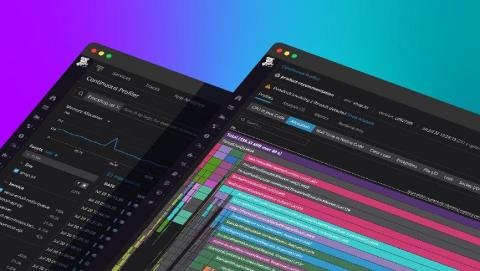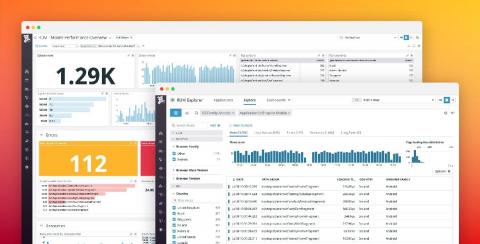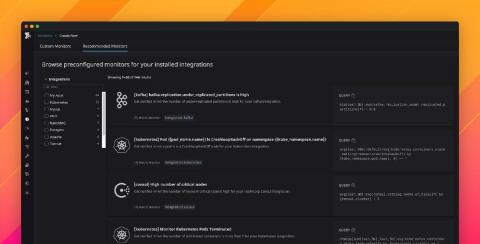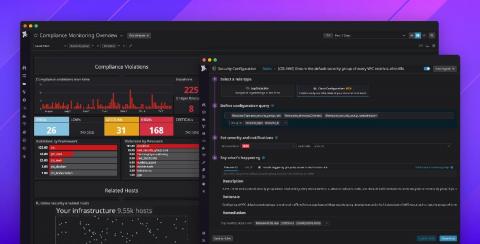Operations | Monitoring | ITSM | DevOps | Cloud
Latest News
Monitoring NGINX with Applications Manager
NGINX is open-source software that started out as a web server and now provides various solutions such as web serving, reverse proxying, caching, load balancing, media streaming, and more. It also serves as a proxy server for email (IMAP, POP3, and SMTP) and a reverse proxy and load balancer for HTTP, TCP, and UDP servers.
Control the chaos - The importance of monitoring traffic spikes
Analyze code performance in production with Datadog Continuous Profiler
To complement distributed tracing, runtime metrics, log analytics, Synthetic Monitoring, and Real User Monitoring, we’ve made another addition to the application developer’s toolkit to make troubleshooting performance issues even faster and simpler. Continuous Profiler is an always-on, production code profiler that enables you to analyze code-level performance across your entire environment, with minimal overhead.
Make sense of application issues with Datadog Error Tracking
When your applications raise errors, you need a way to make sense of them so you can set priorities, start troubleshooting, and gauge the success of your efforts. Errors can appear within the thousands of browser sessions and backend hosts running your software, making it difficult to find meaning within the noise. This is especially true of frontend errors, where seemingly endless permutations of browser version, location, and other environmental details can make it hard to spot trends.
Incorporate Datadog Synthetic tests into your CI/CD pipeline
Testing within the CI/CD pipeline, also known as shift-left testing, is a devops best practice that enables agile teams to continually assess the viability of new features at every stage of the development process. Running tests early and often makes it easier to catch issues before they impact your users, reduce technical debt, and foster efficient, cross-team collaboration.
Improve mobile user experience with Datadog Mobile Real User Monitoring
From gaming and social media to e-commerce and travel, mobile is reshaping the way businesses operate and engage with their customers. In an increasingly competitive market, ensuring your mobile applications stay highly performant and resilient will be critical in differentiating yourself from the crowd as well as avoiding uninstalls and poor app reviews.
Expand your monitoring reach with the Datadog Marketplace
The Datadog Partner Network (DPN) is a rapidly growing registry of hundreds of leaders in the cloud service industry who choose Datadog to meet their infrastructure-monitoring needs. Partners are well-acquainted with the more than 400 technology integrations available to Datadog customers, but with the huge diversity in technical stacks used by our customers, there’s always demand for more customization and flexibility.
Enable preconfigured alerts with Recommended Monitors
Datadog’s more than 400 integrations collect monitoring data from across your entire stack, giving you full visibility into the health and performance of your applications and infrastructure. Alerts are a crucial part of any monitoring workflow, as they draw your attention to problems in your system before they affect your users. But whether you’re migrating to a new environment or integrating a new technology into your stack, it’s not always clear what data you should alert on.
Introducing Datadog Compliance Monitoring
Governance, risk, and compliance (GRC) are major inhibitors for organizations moving to the cloud—and for good reason. Cloud environments are complex, and even a single misconfigured security group can result in a serious data breach. In fact, asset misconfigurations were the leading cause of cloud security breaches in 2019. This puts a lot of pressure on developer and operations teams to properly secure their services and maintain regulatory compliance.










